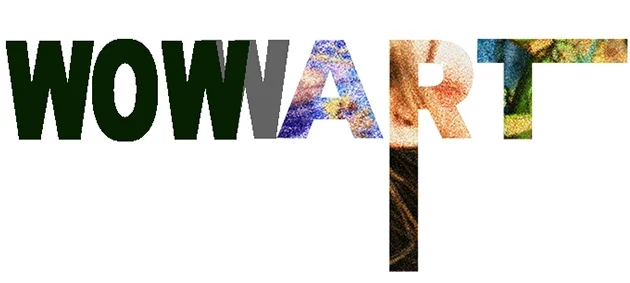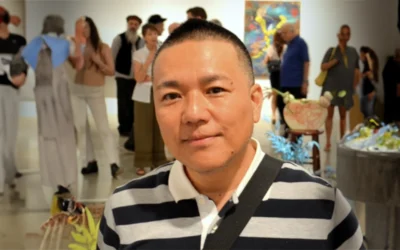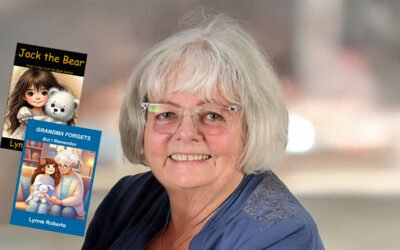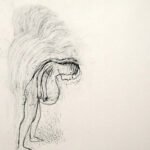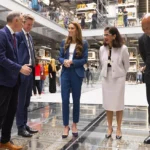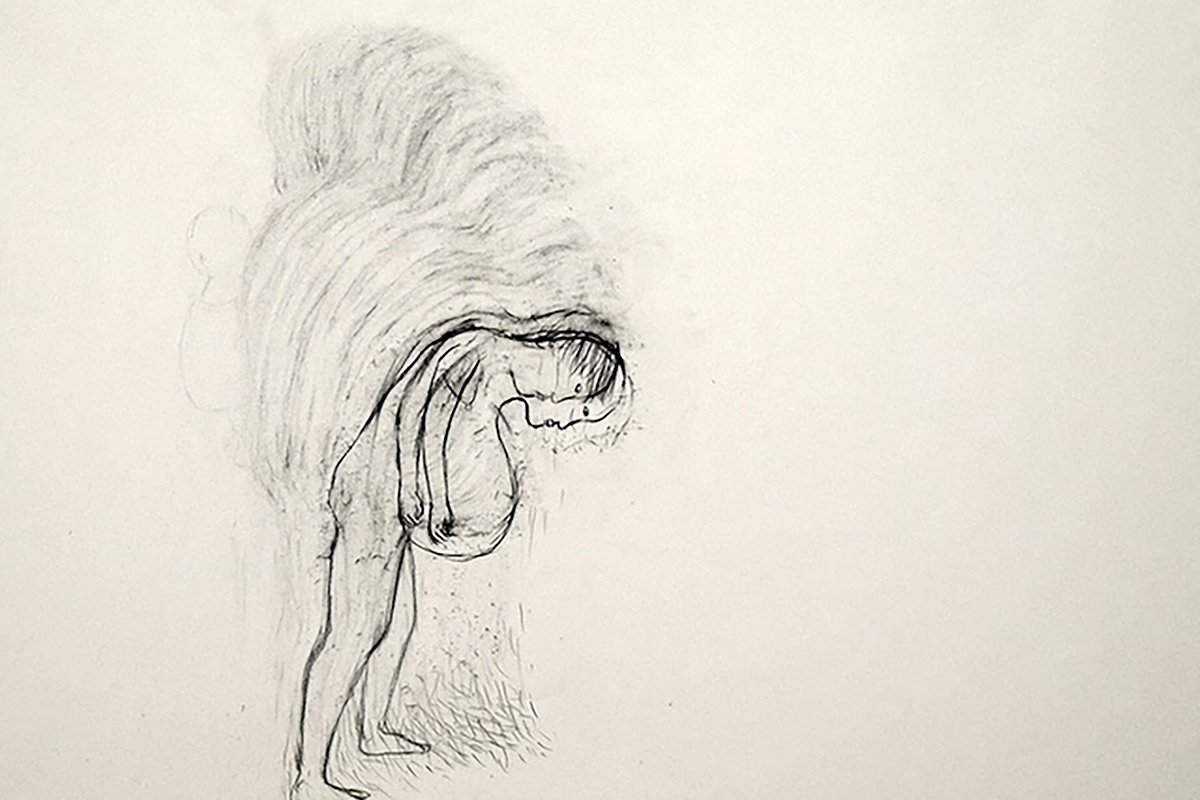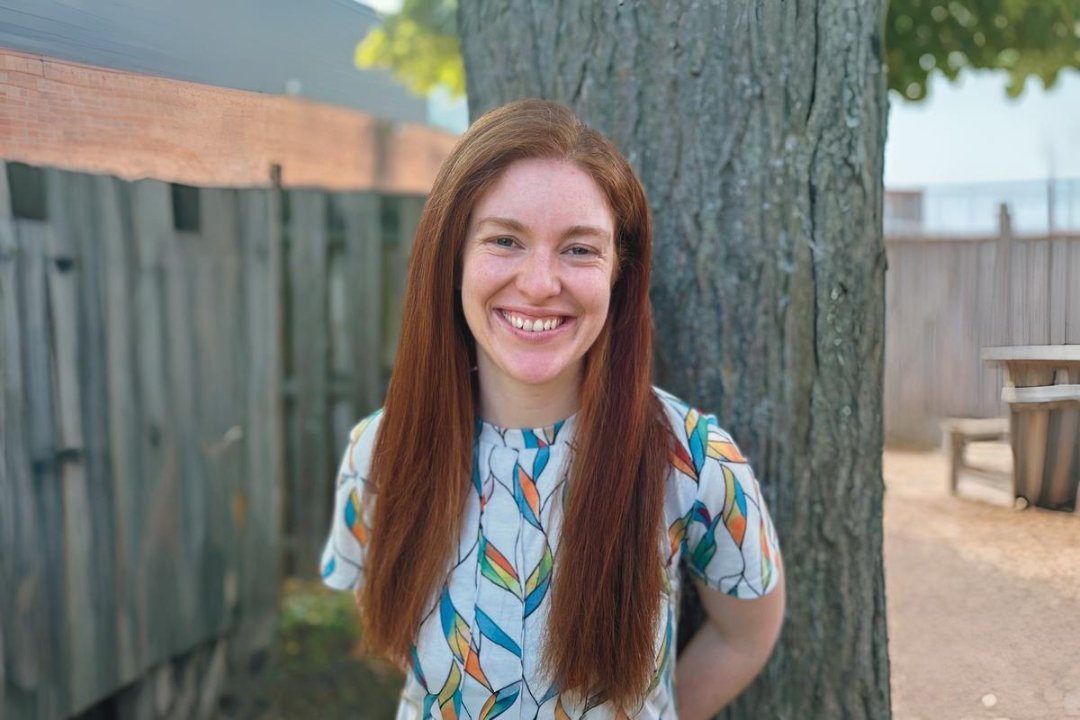Liz Nurenberg Pushes Boundaries of Human Connection and Interaction Through Touch, Participation, and Emotion

Photo: Liz Nurenberg’s Courting Chair invites connection and collaboration, positioning two individuals in a shared rocking experience that encourages intimate, face-to-face interaction while blending function and aesthetic design.
Exploring Connection Through Art And Interaction
Liz Nurenberg explores human connection through participatory sculptures, performance, and tactile objects, reflecting themes of care, vulnerability, and relationships inspired by her roles as an artist, mother, partner, and survivor.
Liz Nurenberg is an artist of profound sensitivity and insight, whose work opens new dimensions in the exploration of human connection, care, and vulnerability. Through her innovative use of participatory sculpture, performance, and video, she pushes the boundaries of how we understand relationships—both with each other and with the tactile, emotional resonance of everyday objects. Her artistry is as much about creating experiences as it is about creating tangible works, inviting her audience to engage, touch, and connect on an intimate and transformative level.
From her playful yet deeply introspective “cloud piece,” fostering serendipitous moments of intimacy, to her profoundly symbolic Elements series that mirrors the delicate, ongoing negotiations of life, Nurenberg’s practice is a canvas of authenticity. Her ability to channel her own personal experiences, including navigating life as a mother, partner, and chronic illness survivor, into her creations results in work that is universal yet deeply personal. Through her touch-centric sculptures and ergonomic designs, she reveals the inherent emotional language of objects while framing the human body as a vessel of connection and communication.
Liz’s work is a testament to the power of art as a catalyst for understanding and empathy. It is a rare gift to encounter an artist so attuned to the human condition, not only noticing the nuances of connection but also embodying them through her creative pursuits. As you read this interview, you will not only learn about her innovative processes and inspirations but also gain a deeper appreciation for her invaluable contribution to the contemporary art world. Liz Nurenberg reminds us all of the beauty and fragility of human relationships—and the art of truly being present for one another.
Liz Nurenberg’s work is a masterful exploration of intimacy and connection, merging emotion, innovation, and profound personal authenticity.
How do your experiences as a mother and partner influence your artistic practice, particularly in terms of exploring human connection?
In my practice I have always been interested in psychology and how we relate.
When I was single the focus was centered on the individual relationships, often romantic. As a mother, I am a caretaker and watcher. Connecting with a child has been a balance guiding and standing back. This takes time from my practice, but it requires wise use of studio time and focus. He is a constant source of inspiration and is my biggest critic and fan.
“My work is meant to be touched.” –Liz Nurenberg
As a partner, every day is a decision to continue the adventure, a collaboration and a negotiation. In my practice, Aaron is a motivator and a reality check. I tend to dream big and underestimate the amount of time and resources that my projects take, and he keeps me grounded in what’s doable. And if you look at my website you will see he is often a model and helps document my work. He helps me carve out time for myself and my practice.
Can you describe a specific project where the participatory aspect of your work significantly impacted the audience’s experience of connection?
A favorite example of this happened very early on with one of my first participatory works, my cloud piece. This is a large, suspended sculpture that people can duck their heads into. It fits two to three people at a time, but people generally use it in pairs. Once inside, your top half is hidden from view. Inside is a hand drawn map and a sound piece encouraging time inside. My first post-graduation show was a one-night performance show; I was expected to deinstall the piece the same night. That evening, I had to wait 20 minutes after the end to deinstall the work because a couple had made a connection and started making out in the piece.
What role does the sense of touch play in your artwork, and how do you think it shapes our understanding of relationships?
My work is meant to be touched. Many pieces are props for interaction, they position viewers’ bodies in proximity to accentuate awareness of the body. When you can feel the heat of someone’s presence, smell them, feel the vibrations of their comfort or anxiety, I believe you are communicating on a deeper level. We relate on a deeper level when our bodies are involved.
In your Elements series, how do you approach the themes of vulnerability and care through performance and video?
Each of the elements is necessary to our survival but all of them must be kept in balance or they become detrimental. In this body of work, I use this balance as an analogy for the negotiation I experience in my role as mother and a wife while living with chronic illness. With the Water piece, as the physical balance of the funnel shifts the amount of water each user gets changes. In the Air piece, the inflating and deflating of the air bag only works if we breathe in unison. With Fire, we enter the holding state through individual action and then agree to maintain until our shared candle separates. And with Earth, I am navigating walking while sharing two separate gaits until the shoes inevitably crack apart. The performance activation is the negotiation, and the videos are documentation but have also been edited to tell the story.
How do you see the relationship between ergonomic design and the emotional connections people have with everyday objects in your work?
Communication happens through our hands and our phones. My hand pieces explore the intimacy we have with objects through touch. They are ambiguous in function but are familiar in feel. You can explore the objects through touch to form a relationship with the object, or it can be a tool for interaction.
My emotional support sculptures are weighted and snug into the negative spaces of the body. They take the shape of something we hug or fit with our body in a position of comfort.
My courting chair was inspired by Victorian Era courting chairs or French TÊTE-À-TÊTE. It is a chair designed to aid in relationships, a prop to connect. Mine is a rocking chair in which two people are positioned next to and facing towards each other. The rocking provides both comfort and a means of negotiating as two people control the roll.
Can you share an example of how your experience living with Hairy Cell Leukemia has shaped your perspective on connection and influenced your artistic themes?
During treatment, I must rely on others which is delicate because my immune system becomes non- existent. Trust is essential. My partner must carry the weight of life, especially caretaking our son. Relationships are an agreement, vulnerable to change and end, but when body autonomy is involved, it gets further complicated. My first treatment happened pre Covid 19, and I spent a month tucked away in my home. I became acutely aware of how much trust we give to others when we move into a shared public space. The Pandemic highlighted this to the world, and it’s been enlightening to see how people’s awareness of this has changed; to experience how Care for others, strangers, has changed for better or worse.
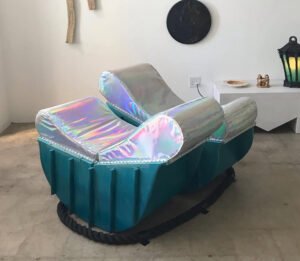
Furniture-Ripple Rockers (2019)
Liz Nurenberg’s Ripple Rockers (2019) masterfully combines innovation and aesthetics. Featuring iridescent cushions and a teal industrial base, this interactive furniture piece blends functionality with futuristic art. Its shimmering, holographic surfaces invite engagement, while the sturdy base provides a grounded contrast, emphasizing balance and design unity. The addition of bold geometric patterns and nautical-inspired ropes adds depth and texture, creating a standout sculptural object. This work exemplifies Nurenberg’s talent for merging artistic experimentation with practicality, making Ripple Rockers a brilliant intersection of art and everyday utility.
